Country Pakistan Elevation 232 m | Website siranwali.com Area code 052 | |
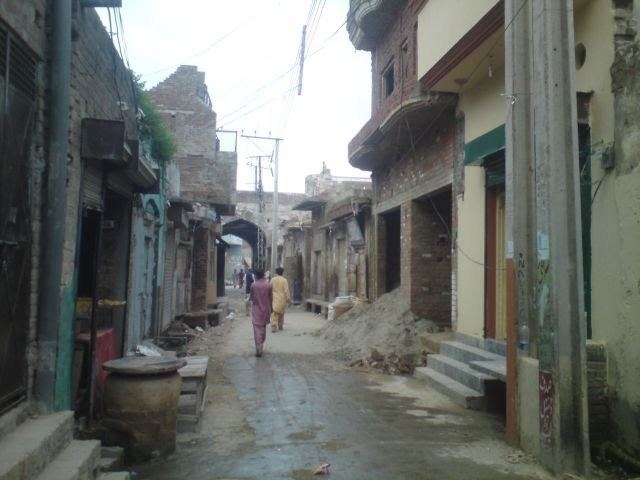 | ||
Siranwali (Urdu: سرانوالی) is a town on the Gujranwala-Pasrur road in Daska Tehsil, Sialkot District, Pakistan.
Contents
The town is home to grain markets which provides jobs to over fifty thousand people. There are over thirty rice mills located in the area, making it one of the major grain markets in the Punjab region. The town is located close to, and partly merged with, Mianwali Bangla.
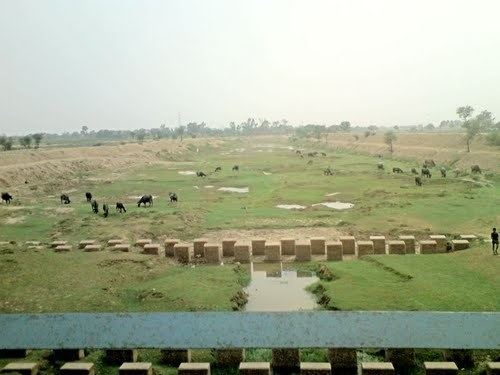
Siranwali youtam mansha bigli
History
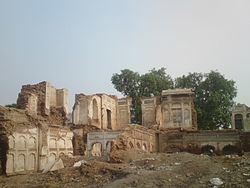
Sialkot District was an agricultural region with forests during the Indus Valley Civilization. The Vedic period is characterized by Indo-Aryan cultures that invaded from Central Asia and settled in Punjab region. The Kambojas, Daradas, Kaikayas, Madras, Pauravas, Yaudheyas, Malavas and Kurus invaded, settled and ruled ancient Punjab. After overrunning the Achaemenid Empire in 331 BCE, Alexander marched into present-day Punjab region with an army of 50,000. The Sialkot was ruled by Maurya Empire, Indo-Greek kingdom, Kushan Empire, Gupta Empire, White Huns, Kushano-Hephthalites and Shahi kingdoms.
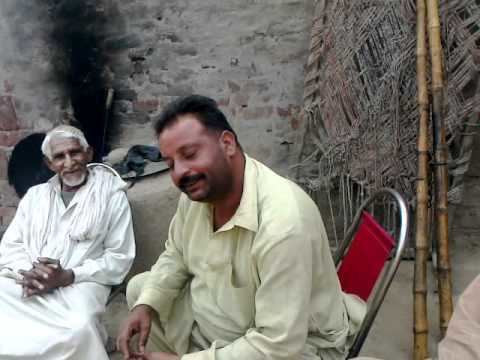
In 997 CE, Sultan Mahmud Ghaznavi, took over the Ghaznavid dynasty empire established by his father, Sultan Sebuktegin. In 1005 he conquered the Shahis in Kabul in 1005, and followed it by the conquests of Punjab region. The Delhi Sultanate and later Mughal Empire ruled the region. The Punjab region became predominantly Muslim due to missionary Sufi saints whose dargahs dot the landscape of the Punjab region.

After the decline of the Mughal Empire, the Sikh Empire invaded and occupied Sialkot District. The Muslims were co-operative with them due to shared ethnicity. During the period of British rule, Sialkot district increased in population and importance.
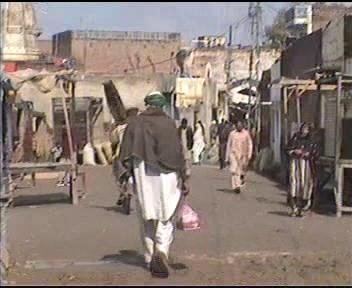
Siranwali was settled by the Sandhu Jat migrants who believed to have come from northeastern Ottoman Empire (modern Georgia, Chechenya, Adjara, Abkhazia) as per Sir Lepel Griffin. The Sandhu family of Siranwali rose position and power under rule of Ranjit Singh. He awarded this jagir to Sardar Lal Singh Sandhu whose daughter married Ranjit Singh's elder son Kharak Singh in 1840.

In 1849 the area was captured by the British army, and they allotted a pension of Rs 1,000 a month to Lal Singh's elder son Rachpal Singh Sandhu. In 1884 he was the nominated president of Sialkot District. in the same year the British entrusted him with civil and criminal powers as an honorary magistrate with his court in Siranwali mansion.
The predominantly Muslim population supported the All-India Muslim League and Pakistan Movement. After the independence of Pakistan in 1947, the minority Hindus and Sikhs migrated to India while the Muslim refugees from India settled in the Sialkot district. The ruling family departed for India. Their mansion was subsequently acquired by Mewati-speaking Muslim refugees.
Demographics
The majority of the population are Mewati-speaking, with Punjabi-speaking people forming the next largest group. Urdu is also spoken.
